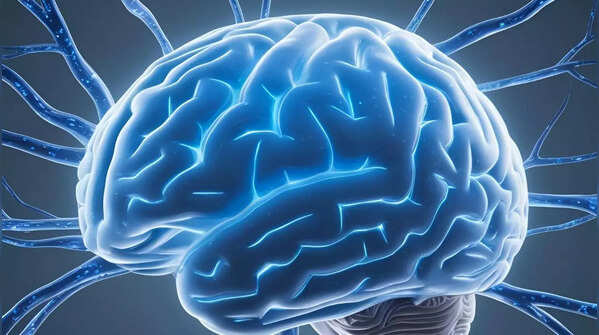7 animals that function without a brain

7 animals that don't have a brain
When it comes to all human beings and most animals, the brain is the one part of the body that controls most functions. From thinking to eating, each and every task we perform is an action commanded by the brain. Thus, its lack ought to hinder our functioning and might as well put a stop to it altogether. But did you know that there are some animals that are able to live and function meticulously without a brain? Find out here!
Image credits: Canva

Oysters
These sea creatures are a favourite on any seafood table across the world. However, the most unique point of knowledge about them is that though they have a mouth, stomach, heart, intestines and muscles, they lack a brain. This also means that these creatures are unable to feel any kind of pain. Oysters have two pairs of nerve cords and three pairs of ganglia that serve as mini-brains and coordinate basic functions.Image credits: Canva

Jellyfish
If there's one sea creature that has excited every kid ever, it's a jellyfish. These beautiful organisms with elongated tentacles not only lack a brain but also do not have a heart, bones or blood. They have a dispersed network of neurons called a nerve net which helps them analyse the environment and coordinate basic behaviours such as swimming and capturing the prey.
Image credits: Canva

Earthworms
One of the most surprising animals in this list is earthworms. These crawling creatures lack a centralized brain but function with the help of a central nervous system called cerebral ganglion, which has similar functions and helps coordinate responses and movements.
Image credits: Canva

Starfish
One of the first sea creatures that you are ever taught about in schools after fishes is starfish. With their star-like structure, these are some of the most fascinating aquatic creatures for all human beings across the globe. They lack a brain, but have eyes at the end of each led and use their nervous system to pump nutrients through their body. While it doesn't possess a brain, a 2023 study between colleagues at Stanford University and the University of California used micro-CT scanning to analyse the animal's structure and conclude that its body is in fact, a head.Image credits: Canva

Portuguese Man o' War
Often mistaken as a jellyfish, a Portuguese man o' war is a species of siphonophore and comprises a colony of single-celled organisms that float on the ocean's surface. Lacking a brain, it has specialized polyps, each with a distinct function. Since it can not move on its own it relies on the water or air to sail through with the help of its gas-filled bladder. Named after a 15th-century warship, the organism uses its venom-filled tentacles to capture its prey.Image credits: Getty Images

Sea sponges
One of the most primitive animals, sea sponges lack a brain, nervous system and more. Instead of a brain, they have specialized cells that perform specific functions. Their sponge-like bodies filter in food particles from the water and keep them alive.Image credits: Getty Images

Clams
Clams, like oysters, lack a centralized brain but have a nervous system that allows them to react to stimuli. They have a cluster of nerve cells called ganglia that hold their sensory responsibilities and coordinate their movements.
Image credits: Canva








